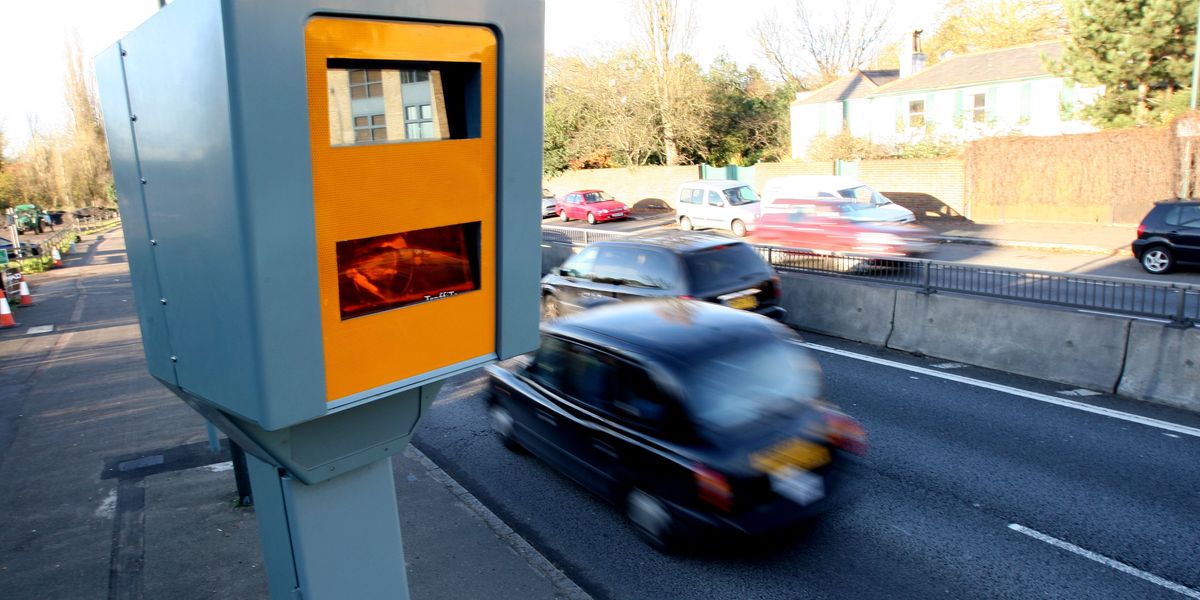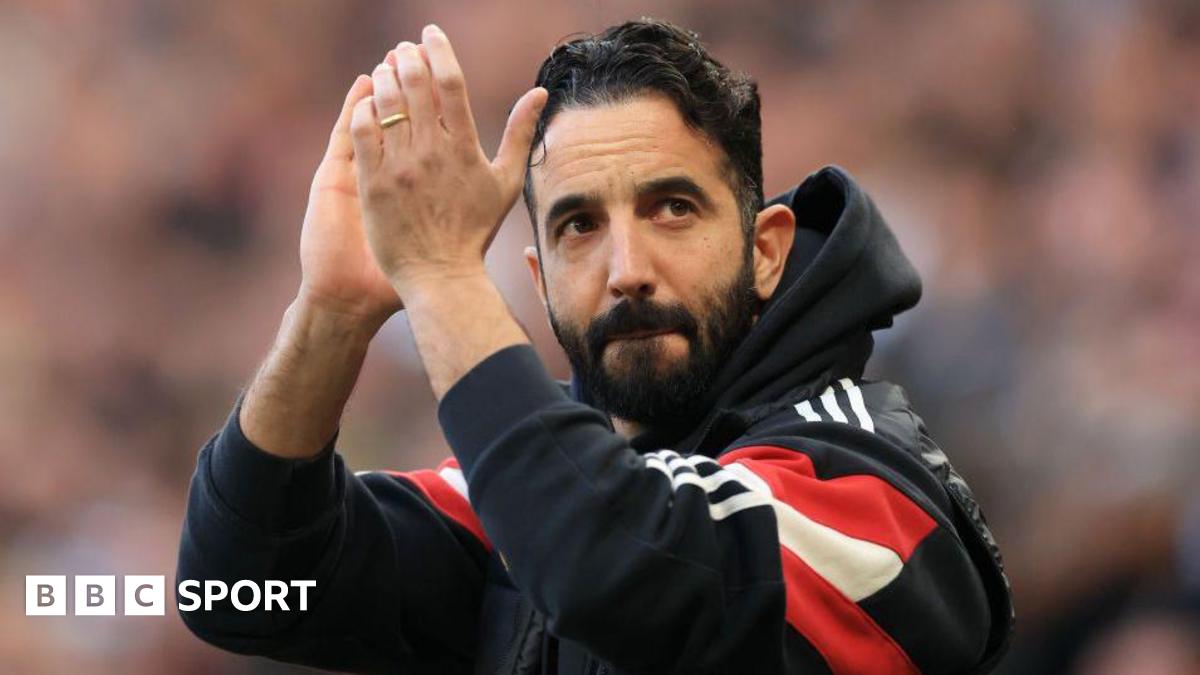The
National Insurance
rate will be cut by two percentage points from January, leaving the average worker £450 better off.
However,
other tax increases and fiscal drag mean that despite the tax cut, Britons could find they pay more tax next year
than they do now.
Sarah Coles, head of personal finance at Hargreaves Lansdown, warned: “After the Autumn Statement unveiled a major tax cut for January, you’d be forgiven for thinking you’ll pay less tax in 2024.
“However, there’s every chance that, despite the cut, you’ll be paying more, because there are eight sneaky tax rises you could fall prey to.
WATCH NOW: National Insurance rate to be cut from 12 per cent to 10 per cent
“And this is far from the end of it because frozen thresholds and fiscal drag will keep pushing up your tax bill every year until the freeze ends – by which time the Institute for Fiscal Studies shows the average person will be paying £249 more a year in direct tax.
“It means we should do what we can to avoid paying more than our fair share.”
Ms Coles has highlighted some of the ways in which people could find more of their money going on tax next year.
1. More tax on pay
Despite the National Insurance rate cut coming into effect for employees in January, the
ongoing six-year freeze to tax thresholds
means taxpayers are at risk of being dragged into higher tax nets and paying tax on more of their income, known as fiscal drag.
Ms Coles said: “Despite the National Insurance cut in January, frozen income tax and NI thresholds mean more people will pay both taxes, and some existing taxpayers will pay more than they did in 2023.”
The average person on full-time earnings of £35,400 is set to save £450 in 2024/45 thanks to the National Insurance cut which, according to the IFS, will offset the income tax threshold freeze up to that point.
It means these people are not set to pay more income tax next year than they are this year, analysis suggests.
However, “an awful lot” of people will still be worse off, due to fiscal drag.
Ms Coles said: “Those who have been dragged into paying income tax by the freeze on thresholds will be worse off – because before all of this, there were no taxes on their earnings. By the time these thresholds unfreeze, there will be four million more people paying income tax.
“A chunk of people on higher incomes will also pay more tax next year.
“This includes those who have had reasonably chunky pay rises that have taken them from basic-rate tax into paying higher-rate tax – where the extra tax from the 40 per cent rate and two per cent National Insurance more than offsets the tax saved on the slice of their income where they’ll pay basic rate tax and NI at 10 per cent.”
2. More tax on profits for small business owners
Small business owners could pay more tax on profits after the dividend tax allowance is cut in half, the personal finance expert warned.
The dividend allowance was cut from £2,000 to £1,000 in April, but from 2023/24, it will be cut to £500.
Ms Coles said: “To add insult to injury, they’ll also be taxed at the higher rates introduced a year earlier – at 8.75 per cent for basic-rate taxpayers, 33.75 per cent for higher-rate taxpayers and 39.35 per cent for additional-rate taxpayers.
“Business owners who pay themselves with dividends out of profits will take a hit at a time when they’re facing threats to their businesses from all angles – from rising input prices to higher wage bills.”
3. More tax on investments
As well as the dividend allowance being cut, the capital gains tax allowance will also be halved from next April.
These two changes could leave investors paying more tax, the expert warned, explaining it makes the ISA (which stands for Individual Savings Allowance and is a way of tax-free saving) “even more vital”.
Ms Coles said: “The dividend tax allowance will be a blow to investors who earn dividends outside of tax wrappers which exceed the new smaller allowance.
“There’s a capital gains tax blow lying in store too, with the annual allowance halved to £3,000 – down from £12,300 two years earlier.
“Having invested diligently for the long term to build their financial resilience, it’s going to feel particularly galling.”
4. More tax on property
The slashing of the capital gains tax allowance could mean property investors have to pay more in tax next year as house prices rise, Ms Coles explained.
She said: “House prices have had a choppy 12 months, but are still only fractionally below their peak of £292,842 in August 2023.
“It means property investors are likely to be sitting on gains – particularly if they’ve held the property for a while. In September this year, someone who had bought in September 2019 would have made a gain of £57,849.
“This would have left them with a CGT bill even before the cuts, but now it’s even more painful.”
5. More inheritance tax
As house prices rise but the inheritance tax thresholds do not, more people are set to be caught in the inheritance tax net.
The inheritance tax nil rate band will be held at £325,000 while the residence nil rate band is at £175,000 next year. Furthermore, the inheritance tax annual tax gift allowance will spend its fourth decade at £3,000.
“It means more estates will have more inheritance tax to pay,” Ms Coles warned.
“IHT used to be seen as a wealthy person’s tax, but a mix of booming house prices and threshold freezes mean this may not be the case for much longer. It means we’re spending much more in tax – and are likely to continue to do so. The IHT we’ve forked out so far in this tax year is around 11 per cent more than the same period a year earlier.”
6. More council tax
While the National Insurance rate will be cut, council tax bills are set to rise next year, by up to five per cent according to reports, meaning billpayers could face paying more for this type of tax.
Couples may be able to look into spouse exemptions and marriage allowance
GETTY
7. More tax on spending
According to Ms Coles, inflation is likely to mean paying more VAT.
She said: “Higher prices don’t always automatically feed through into us paying more VAT, because it depends on the balance of spending – and how much is taxed at the higher rate of VAT.
“However, even assuming we spend a bigger proportion of our budgets on things like food, there’s still every chance we’ll pay more in VAT in 2024. This year, for example, food inflation has been roughly twice overall inflation, but so far in the current tax year, we’ve still paid eight per cent more VAT than we did in the same period a year earlier.”
8. More duty taxes
The financial expert has also warned of more duty taxes, as inflation can push this up.
Alcohol duty has been frozen until August next year, but tobacco duty will rise.
Ms Coles added: “Of course, as the price of alcoholic drinks and cigarettes rises, this will automatically boost the amount we spend on these things without the tax rate itself changing at all.
“The big unknown in 2024 is fuel duty. The Autumn Statement based its calculations on an end to the temporary 5p cut – and for fuel duty to rise on top of that. That would be a horrible extra expense for motorists, who are already paying a fortune for fuel.
“In reality, the government will be hoping that its finances will improve before either of these changes kick in, so it can halt the pain. Unfortunately, there are no guarantees. Even if duty is frozen, if petrol prices rise, it could push up the amount we spend on fuel duty anyway.”
There are ways in which people could reduce the amount they have to pay in tax, however.
ISAs, for instance, offer savers and investors the chance to put away up to £20,000 per tax year free of tax.
Ms Coles said: “It doesn’t just protect you from the tax grab on savings and investments right now, it also protects you from any further tightening that may lie in store in the years to come.
“A stocks and shares ISA will protect you from the horrible cuts in dividend and capital gains tax, while a cash ISA will protect you from income tax.
“If you’re saving to buy a first property, are aged 18-39, and have at least a year until you expect to buy, you should consider a LISA, because in addition to tax-free growth, you get a 25 per cent bonus on contributions. You can save or invest £4,000 this tax year.
“Don’t forget Junior ISAs too. In the current tax year, you can save or invest £9,000 in a JISA for any qualifying child, and all interest, dividends or capital gains are tax-free.”
Pensions are another tax-efficient vehicle, and savers can put up to £60,000 into a pension in the current tax year.
Ms Coles said: “Contributions to pensions attract tax relief at your highest marginal rate, and the first 25 per cent taken from the pension is usually tax-free. There’s tax relief on pensions, including SIPPS, even for non-taxpayers – on the first £3,600 a year.
“It means you can contribute tax-efficiently to a pension on behalf of a child or a non-working partner. If you can afford to put more money away for the long term, it’s a great way to cut your tax bill – as well as securing the income you need in retirement.”
Salary sacrifice is also another way people may be able to reduce tax liabilities.
Ms Coles said: “In some cases, the government will let you give up a portion of your salary, and spend it on certain things free of tax (and in some cases National Insurance). This includes pensions, childcare vouchers, bike-to-work schemes, and technology schemes.
“This won’t boost your take-home pay, but will cut your tax bill. It’s always worth checking with your employer whether they offer this.”
Other options include looking into spouse exemptions and the marriage allowance.
Ms Coles said: “If you’ve already used your ISA allowance and you have assets that produce an income – like shares paying dividends or a property – married people should think about how they hold them.
“They can be passed between spouses (or civil partners) without triggering a tax bill. They can therefore be shared between a couple, so that both take advantage of their ISA allowances, and can both take an income up to the threshold. The balance can be held by the spouse paying the lower rate of tax, to reduce the tax payable.”
The
marriage allowance
allows a non-taxpayer to transfer part of their personal allowance to their spouse or civil partner if they’re a basic rate taxpayer, and could mean people end up saving money overall as a couple.












